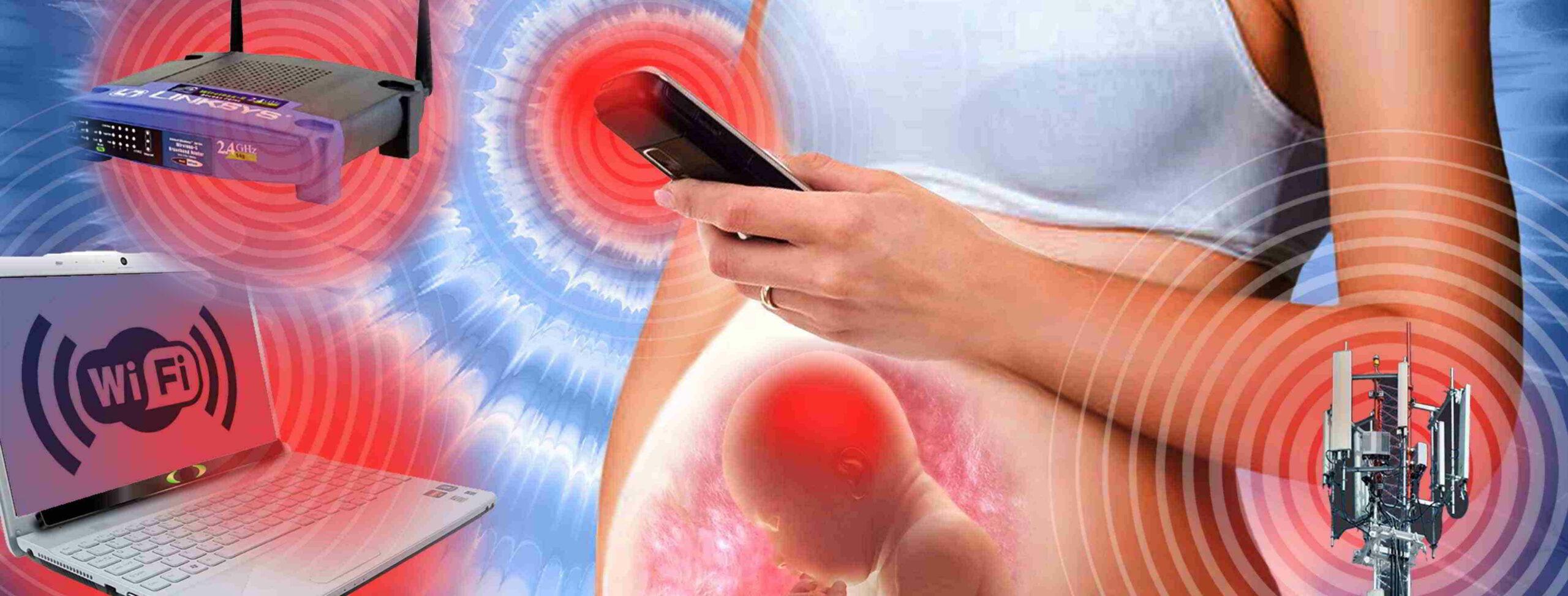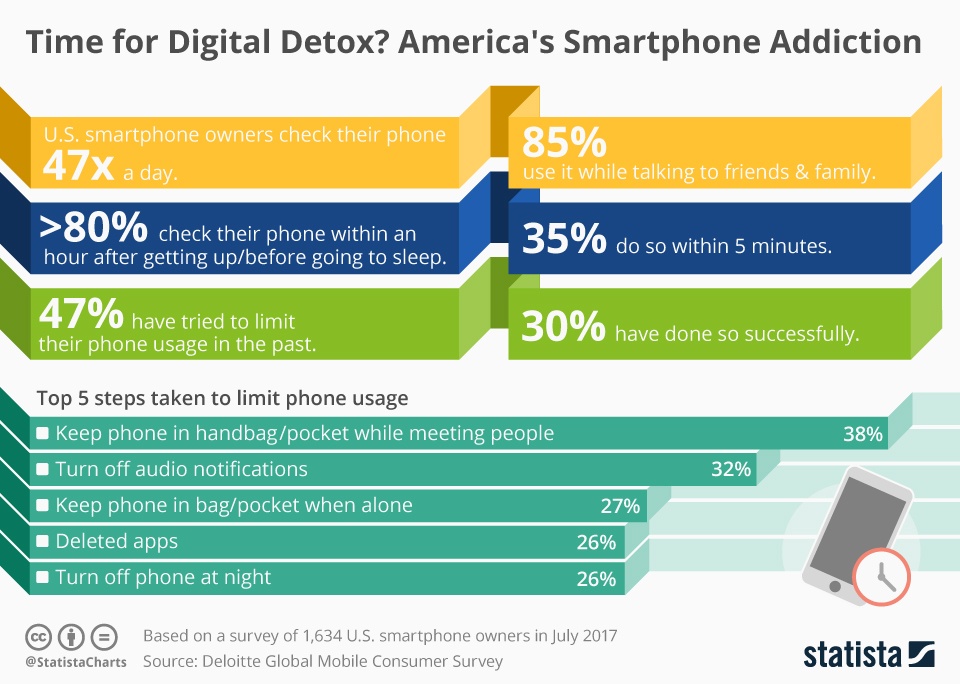Never before in all of history have the satanic forces so cleverly manipulated humans into exterminating themselves and their own children. Through the process of addiction, they have encouraged us to sacrifice the health, fertility, and mental stability of our children, all in exchange for technological convenience and a few likes on our facebook posts.
It’s a very scary time for humanity, and particularly for the children. Many bloodlines are not going to make it through this time. But hey, the satanic-run music industry is there to remind us:
“Your life is meaningless, you’re just like cockroaches. Extermination’s your only hope. Human history, pollution, and overcrowded cities. That’s your legacy. But don’t look so depressed. You’ll soon be nothingness. Oh my God, you don’t even know”[i] – Poppy
“Not everyone is coming to the future. Not everyone is learning from the past. Not everyone can come into the future. Not everyone that’s here is gonna last.”[ii] – Madonna
[i] Vigilant Citizen, The Disturbing Meaning of Poppy’s “Time is Up”, Oct 18, 2018. https://vigilantcitizen.com/musicbusiness/the-disturbing-meaning-of-poppys-time-is-up/
[ii] Eurovision 2019 Finale and the Occult Meaning of Madonna’s Controversial Performance, Vigilant Citizen, May 22, 2019. https://vigilantcitizen.com/moviesandtv/eurovision-2019-finale-and-the-occult-meaning-of-madonnas-controversial-performance/
Source Article: Smartphone Addiction Related to Sugar, Narcotics, Alcohol, Pornography, Gambling Addictions https://healthimpactnews.com/2018/smartphone-addiction-related-to-sugar-narcotics-alcohol-pornography-gambling-addictions/

by John P. Thomas
Health Impact News
In the previous article about smartphone and tablet addiction, I discussed the addictive techniques used by app developers to get people hooked on using their websites.
Facebook, YouTube, Netflix, SnapChat, and other websites were cited as examples of websites that use habit-forming techniques to grab and hold the attention of users for many hours a day. They take advantage of the power of addiction as part of their strategy to maximize advertising revenue for those who own the websites.
See:
How Big Technology Companies Control the Minds of the Masses Through Smart Phone Addiction
Everyone will be confronted by the power of addiction at some time in their lives – whether it is our own addictions or the addictions of others who are close to us.
Simply put, the human flesh desires, lusts, and seeks to satisfy its cravings. Even though addictions are part of our lives, the typical response to the presence of addiction is to deny it exists until overwhelming consequences break down the wall of denial.
Technology Addiction is Closely Related to Many Other Addictions
As will be explained, sugar addiction, narcotic addiction, alcohol addiction, pornography addiction, gambling addiction, shopping addiction, and smartphone (small screen) addiction are closely related.
All these addictions damage neurons in the brain and eventually rob us of pleasure and happiness, leaving us feeling empty, lonely, and depressed. [2]
Addictions are not the Result of a Weak Will
Addictions develop when people repeatedly consume substances or participate in activities that release the brain hormone dopamine with such a frequency that the elevated level of dopamine overstimulates and damages brain cells. [2]
Dr. Robert H. Lustig, M.D., M.S.L., Emeritus Professor of Pediatric Endocrinology, University of California at San Francisco, is a leading expert on brain function and addiction. He compares the power of technology addiction such as smartphones to the equally powerful addictions to sugar or drugs.
Speaking about the addictive power of technology, Dr Lustig stated:
It’s not a drug, but it might as well be. It works the same way … it has the same results. [1]
Small screen apps alter dopamine levels in the human brain and can create addictions that are just as devastating to normal living as narcotic addiction or alcoholism.
Dr. Lustig has been studying the interaction between brain hormones and brain function for more than 30 years. [10] His work provides clear evidence that addiction alters dopamine and serotonin levels in the brain, which directly controls our experience of pleasure and happiness.
Dr. Lustig stated:
A lot of people don’t necessarily understand that they are addicted – they [just] know they need something.
When “wants” become “needs” that is usually a sign of addiction.
If they find themselves not being able to concentrate on their job or on their family because a craving is calling to them and it is interfering with their daily life in some fashion or in their work that is usually a sign of addiction. That can happen from shopping, porn, video games, and cellphones. Cellphones have been the most recent addition to this list.
If you find yourself checking your cellphone every 2 minutes waiting for a new email, this is usually a sign of a cellphone addiction. [2]
All Addictions Alter Brain Hormones and Eventually Destroy Brain Cells
The use of small screen devices, whether a smartphone or tablet of some type, effects the neurobiology of our brains. [3, 4] Even though scientific debate about the existence and nature of technology addiction continues [1, 5], evidence continues to mount, which shows that small screen usage is changing our social behavior and for many – the change has become a deeply rooted addiction. [1, 2, 3, 4, 5, 6]
Self-Absorption with a Small Screen is Not Necessarily an Addiction
Even though the interest in having face to face chats with strangers in public settings seems to be waning along with basic skills of conversation – this does not mean that all small screen users are technology addicts.
Just as everyone who takes a drink of alcohol does not become an alcoholic or everyone who eats a piece of candy does not become a sugar addict, some people can use small screens without becoming addicted.
However, for many, the blue glow of their screens, the steady stream of ever changing images, and the almost seamless link between the physical sensations of touching the screen and the powerful stimulation of sight and hearing quickly become compelling forces that demand more and more time and attention.
Surveys of both Children and Adults Reveal a High Rate of Self-Reported Addiction
According to a 2017 survey, 47 percent of U.S. smartphone owners have made an effort to limit their phone use in the past. Many people find the powerful attraction of Facebook, Twitter, Instagram and many other apps to be irresistible. Even though there is a desire to reduce usage time, only 30 percent of smartphone owners have succeeded in reducing their phone time. [7]
The following chart illustrates the struggle that people are having with their smartphones.
In other words, about 1 out of 2 smartphone users are concerned that they are using their phones too much, and 70% of those are unable to reduce the time they spend with their phones. Being unable to cut back on a behavior is a sign of addiction.
A 2016 survey conducted by Common Sense Media shows that many teens are aware of their small screen addiction. The report stated:
… “50 percent of teens “feel addicted” to mobile devices, and 59 percent of their parents agree that their kids are addicted. Additionally, parents and children are concerned about the effects mobile device use has on their daily lives – from driving to the dinner table – with over one-third of the families in the Common Sense poll arguing about it daily.” [8]
Small Screen Usage can Easily Become an All-Consuming Addiction
Smartphones and tablets can overshadow normal relationships, sleep, work, hobbies, and even healthy eating. [5]
Addiction, whether to a physical substance or to smartphones, is not logical – it is physiological and emotional. It changes the hormones in the brain and kills brain cells.
People will stick with an addiction even when they know it is causing harm. People will stick with an addiction even when past pleasures are no longer present – because the power of the flesh keeps driving them back to the addiction.
The Dopamine-Serotonin Connection to Addiction
Addicts commonly feel depressed, because they no longer feel the pleasure of the dopamine high/rush that they once enjoyed. They also no longer experience happiness and contentment, because their serotonin levels have fallen.
Dr. Lustig explained that dopamine and serotonin are two biochemicals (neurotransmitters) that the brain makes and uses to communicate between one neuron (brain cell) and another. [9]
Dopamine – Addiction – and the Loss of Pleasure
Dopamine is a feel-good hormone. When dopamine is released in the brain, we experience pleasure. It is an excitatory hormone, which means it encourages neurons to get excited. [2]
The constant release of dopamine that occurs from using apps that have been designed to be addictive will, over time, downregulate the dopamine receptor sites in brain neurons. This means that the neurons begin to turn off their own receptor sites so they won’t be stimulated by the presence of excess dopamine. This is a self-protective mechanism. [2]
The systematic downregulation of dopamine receptors prevents the death of neurons for a while. Downregulation also prevents people from experiencing the intense pleasure (the high and the rush) they used to feel from addictive substances or from activities such as the use of addictive apps. [2]
The consequence of downregulation for small screen users is that they need to increase the time they spend using the apps to get the pleasurable rewards they once enjoyed. The pursuit of getting repeated dopamine hits and highs is however limited by the fact that they take longer to achieve and there are only so many hours in a day.
Dr Lustig describes the process of getting a dopamine hit. He stated:
Now, you get a hit – you get a rush and the receptors go down. Next time you need a bigger hit to get the same rush because there are fewer receptors to occupy. And then you need a bigger hit and a bigger hit and a bigger hit until finally, you are taking a huge hit to get nothing. This is called tolerance. And then when the neurons begin to die that is called addiction. [2]
When the high from using apps is no longer attainable, this means the neurons in the pleasure center of the brain have begun to die. It doesn’t matter whether the addiction is to narcotics, sugar, or small screens.
Addictive Apps Must Provide Variable Rewards to Get Us Hooked
As described in the previous article, addictive apps are designed to present variable rewards to their users. Apps that deliver content that remains unknown until the user begins to interact have a powerful capacity to grab the attention of users and are highly addictive.
One never knows what will come up, for example, on Facebook. The desire for human contact and the desire to break loneliness drive people to Facebook, as well as the unknown rewards they receive for spending time on the site change every day. If the content of an app is highly predictable, then its power to be addictive will be much lower.
The Serotonin Connection to Addiction – the Loss of Happiness
Dr. Lustig describes the function of serotonin in the brain. He explains that unlike dopamine, which excites neurons, serotonin inhibits or relaxes neurons. The experience of contentment or happiness comes from neurons in their unexcited, relaxed state.
Dr. Lustig stated:
Serotonin is inhibitory – it is not excitatory. It inhibits its receptors to provide contentment. Serotonin slows down those neurons instead of causing them to fire up – to Zen out. So, you can’t overdose the serotonin high.
[Thus] you end up with the process of contentment – the feeling of being one with the world, … that thing we call happiness.
[However], there is one thing that downregulates serotonin – [that is] dopamine.
So, the more pleasure you seek the more unhappy you get. [2]
Corporations Want Us to Believe that Pleasure and Happiness are the Same
Dr. Lustig’s most recent book, The Hacking of the American Mind, describes a corporate scheme to sell us pleasure by promising us happiness. He believes this scheme is creating an epidemic of addiction, depression, and chronic disease. [4]
Dr. Lustig explains what is happening. He stated:
Las Vegas, Madison Avenue, Wall Street, Silicon Valley, and Washington D.C. have very specifically and in a coordinated fashion, confused and conflated the term happiness with the term pleasure, so that you can “buy happiness.” … This is based on hedonic substances – substances that drive pleasure rather than happiness. And in the process, we have become most decidedly unhappy. [2]
Just think about how often advertisements use the word ‘happy’ or portray happiness as a way of selling products. If we are asleep to the technique of selling pleasure under the name of happiness, then we can be easily manipulated into buying a steady stream of pleasurable experiences and activities when what we really want is happiness. We can be led into the pleasures of addiction by those who promise happiness, but who are only capable of delivering temporary pleasures that satisfy the lusts and desires of the flesh.
What is the Difference between Pleasure and Happiness?
Dr. Lustig identified seven characteristics that will help us understand the difference between pleasure and happiness. These differences are extremely important, because the ultimate intervention for small screen addiction involves replacing negative pleasure seeking with the positive creation of happiness. In other words, small screen addicts and all other addicts will need to make changes in their lives that will allow them to create happiness for themselves and others and to turn away from the self-serving and self-satisfying power of pleasure and addiction.
Dr. Lustig stated:
- Pleasure is short-lived. — Happiness is long-lived.
- Pleasure is visceral. — Happiness is ethereal.
- Pleasure is taking. — Happiness is giving.
- Pleasure can be achieved with substances. — Happiness cannot be achieved with substances.
- Pleasure is experienced alone. — Happiness is experienced in social groups.
- The extremes of pleasure all lead to addiction (whether they be to substances or behaviors). — There is no such thing as being addicted to too much happiness.
- Pleasure is Dopamine. — Happiness is Serotonin. [4]

